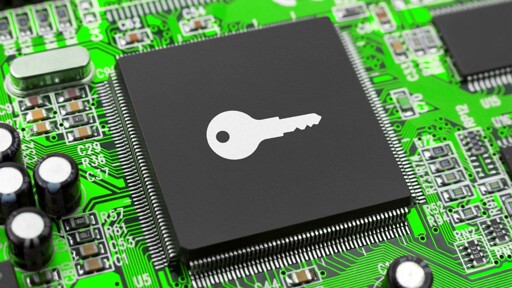Linux users may face yet another hurdle related to Secure Boot when the Microsoft-signed key used by many distributions to support the firmware-based security feature expires on September 11, leaving users at the mercy of distribution from OEMs, and systems possibly not receiving a necessary firmware update.
As LWN reported (paywall) that Microsoft will stop using the expiring key to sign the shim in September. “But the replacement key, which has been available since 2023, may not be installed on many systems; worse yet, it may require the hardware vendor to issue an update for the system firmware, which may or may not happen,” LWN said. “It seems that the vast majority of systems will not be lost in the shuffle, but it may require extra work from distributors and users.”
The report said manufacturers could add support for the new key in a full firmware update or by updating the KEK database. The former assumes that manufacturers would be interested in distributing a firmware update for a wide variety of products so a small percentage of their users could use Secure Boot with a non-Windows OS; the latter is an unproven mechanism that isn’t guaranteed to work on all devices. Both seem likely to leave at least some people to figure out a solution on their own.



If you start with a reasonably recent Windows machine, there’s a TPM with secure boot (and MS keys) enabled. If setting up dualboot Windows/Linux, you’re going through BIOS/UEFI, so expiring keys will affect you. Booting into Windows and doing an update should fix the problem.
If you disabled secureboot/FDE, then installed Linux and left it at that, you should be OK.
But under Linux, those who reenable fulldisk encryption or secure boot via the TPM may be impacted by this, and since they’ve removed Windows, they may be screwed: https://allthings.how/how-to-enable-tpm-encryption-and-secure-boot-on-ubuntu-24-04/
So why can’t Linux just do whatever the Windows update does?
Tools to do that exists.
fwupdis a tool to update firmwares. I just tested it on a thinkpad and went from 351 keys to 518 secureboot keys.GNOME Software also uses fwupd, that should take care of a good chunk of users.
So this is an exaggerated non-issue that is phrased as if it was the end of Linux? Crazy, this never happened before! See you all next week when Linux is doomed again.
Its an exaggerated
non-issueLinux is not a uniform userbase. Many systems will be affected by this. Many users will be fine because they use a well used and maintained distro. Many servers and embedded systems will not be fine.
That raspi running your pihole that is never updated? Yeah that might just stop booting next time there is a poweroutage and you wouldn’t know what’s up.
What Raspberry Pi is booting with SecureBoot and default keys? Give me a break.
There are still vendors that do not provide firmware with this tool or only for select devices.
The Windows update loads a chain of trust that tells the bootloader the device is OK and your version of Windows is real and your full-disk-encryption is fine. Linux folks don’t have (or need) all that. They can create their own chain of trust if they want, but they don’t have read/write access to the Microsoft one.
If they did, we would be reading a completely different article starting with why the world was on fire.
So my framework 16 that has never seen Windows running FedoraKDE with FDE (but not auto-unlock, typed pass every boot) enabled is going to explode?
Half kidding, but like, should I disable secure boot or something? Run fwupd?
If it’s never seen Windows you may be fine.
The problem is mostly for systems that dual-boot or had Windows at one point, but got Linux installed on top. A lot of people use old Lenovo, HP, or Dell computers and repurpose them for Linux. Those are the ones that may get bit.
Ordered it plain, added flavor myself (FedoraKDE, as I mentioned lol).
I do have a few spare old laptops with linux that used to be windows, but tbh the critical one is my main, the others don’t really need secure boot as long as they don’t get bricked.